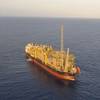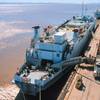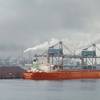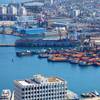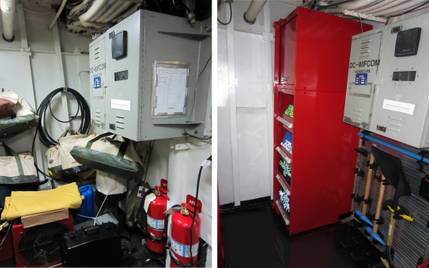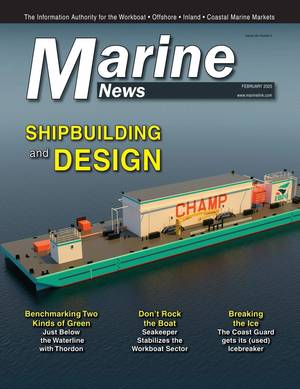US Aims to Recover El Faro VDR in Next Few Months
The U.S. National Transportation Safety Board hopes to recover the voyage data recorder from the cargo ship El Faro, which sank during a hurricane killing all 33 crew on board, over the next two to three months, an agency official said on Thursday.
A surveillance trip to the site where the ship sank last year, some 15,000 feet (4,600 meters) below sea level off the Bahamas, pinpointed the location of the recorder on April 26.
It should contain navigational data and the last 12 hours of audio on the ship's bridge, Brian Curtis, acting director of the Office of Marine Safety at the NTSB, told reporters. He spoke after the voyage to locate the recorder returned to port in Massachusetts.
"We know where it is but it is still a tall challenge. That voyage data recorder is in the middle of the ocean under 15,000 feet of water," Curtis told reporters at the Woods Hole Oceanographic Institute in Falmouth, Massachusetts. "We would like to get out there over the next several months, two to three months."
The 790-foot (241-meter) El Faro, owned by Sea Star Line LLC and operated by TOTE Services, went down off the Bahamas on Oct. 1 while on a cargo run between Florida and Puerto Rico. It was the worst cargo shipping disaster involving a U.S.-flagged vessel in more than three decades.
It may take time to extract data from the recorder due to its long immersion, Curtis said, noting that the device was designed to withstand the pressure of being submerged under as much as 20,000 feet (6,100 meters) of water.
"We're much more optimistic today from the work we've done," Curtis said. "It can only be a benefit to the investigation."
In his final transmissions, El Faro's captain reported that the ship was losing propulsion and taking on water.
Company executives have said the decision to attempt the voyage and set the ship's route, despite the dangers posed by a severe storm, were the responsibilities of the captain, who went down with his ship.
Reporting by Scott Malone



